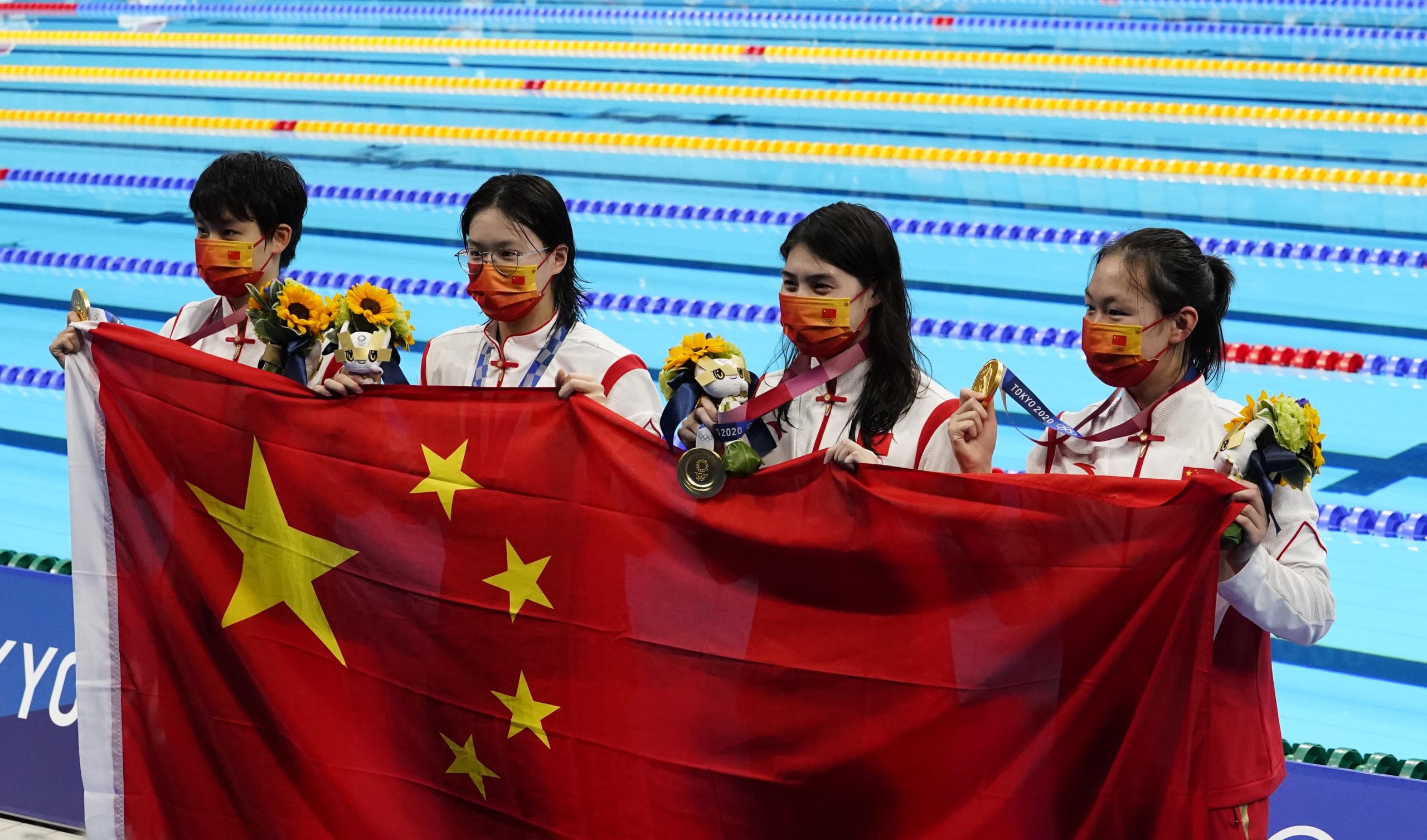The mess around the Miami Dolphins‘ handling of QB Tua Tagovailoa has brought plenty of scrutiny to the NFL’s concussion evaluation procedures and concussion treatment protocols, with the latter already set to undergo significant changes. But a challenge with those protocols is that players aren’t always immediately placed in them, especially if they initially claim an injury is to another part of their body.
That’s what happened with Tagovailoa’s “back” injury last Sunday, and it’s what happened with Tampa Bay Buccaneers‘ tight end Cameron Brate on Sunday Night Football against the Kansas City Chiefs this week. There, Brate collided with teammate Chris Godwin, and appeared to hit his head on Godwin’s pads (as shown above). But he returned to the game a few plays later, and was only pulled and placed in the concussion protocols later still, with that drawing lots of criticism (including from NBC analyst Tony Dungy and from Concussion Legacy Foundation CEO Chris Nowinski):
IT HAPPENED AGAIN @NFL!
Cam Brate went back in 4 plays after showing #concussion signs from this huge hit to the head. He stayed down too long & couldn't run off the field fast enough to avoid a penalty. @TonyDungy says it was obvious he had a concussion. How did he go back in? https://t.co/wLRI7OvPzv pic.twitter.com/3tjDf5CGCA— Chris Nowinski, Ph.D. (@ChrisNowinski1) October 3, 2022
When will we learn?! #Bucs TE Cameron Brate returned just a few plays after this blow to the head.
He was later placed in concussion protocol. A second hit to the head when the brain is still recovering from a concussion is incredibly dangerous pic.twitter.com/R0TjrHvWMq
— Inside Injuries (@InsideInjuries) October 3, 2022
According to Mike Florio of Pro Football Talk, though, the spotters here ruled that Brate’s hit was to the “shoulder,” which meant he wasn’t placed in the protocol until later. And both the NFL and NFLPA agreed with that assessment:
“Immediately following the game, the NFL contacted team and unaffiliated medical personnel to gather information concerning the injury sustained by Tampa Bay’s Cameron Brate,” the NFL said in a statement provided to PFT. “The league reviewed the information with the NFL Players Association. Based on the standardized gameday reports, it is clear to both parties that the spotters in the booth concluded that Brate was hit in the shoulder and therefore did not trigger the concussion protocols. As soon as medical personnel identified concussion symptoms, they removed Brate from the game.”
The NFL Players Association has informed PFT that it reviewed the situation as well, and that it backs that assessment.
But it seems remarkable to conclude that that was a “shoulder” hit from the video. And Florio weighs in on that in strong terms later on in his article:
The impact, combined with Brate’s reaction to it, absolutely should have prompted the two spotters (one is a Certified Athletic Trainer and the other is an Unaffiliated Neurotrauma Consultant) to activate the protocol. We reject flatly and unequivocally the contention by the NFL and the NFLPA that Brate did not receive an impact to the head.
Meanwhile, as ESPN’s Jenna Laine wrote Monday, Bucs’ head coach Todd Bowles defended the team’s own handling of this by saying Brate only talked of shoulder pain:
“He went on the sideline. He complained of shoulder discomfort, nothing about his head,” Bowles said Monday. “He was checked out three times. You just say, ‘Give him a minute.’ Nothing came up. He went back in until the end of the half. At halftime, he started having symptoms, but they were delayed. He started complaining about that. We tested him, he’s in the protocol, and we kept him out the rest of the game.”
…When asked why no one tested Brate for a concussion given the violent nature of the hit, Bowles explained, “He complained about his shoulder, not his head. You can’t see a neurologist or talk about concussions if you only complained about the shoulder. It came up at halftime where he started to have symptoms about his head. So when you say, ‘Your shoulder’s hurting, you need a second for your shoulder.’ Nobody’s really checking off your head. And then you go back in, you find out at halftime that you have symptoms in your head, then you go, ‘Concussion, concussion protocol.’ That’s all you can do, really.”
This perhaps helps to illustrate the challenges with the NFL’s current system. Concussion protocols are one thing, and the changes to them (specifically, with “gross motor instability” leading to placement in the protocols, which would have triggered in the first Tagavailoa incident) may help. But even the world’s best concussion protocols won’t do anything if players aren’t placed in them.
And if the spotters are going to conclude that a hit didn’t involve the head, and the player themselves isn’t going to admit to a potential head injury (which they’re often not, given the rigidity of the concussion protocols), there are likely to be more concussions caught later than they should be. And that could be extremely dangerous for players, especially if they get another concussion.
[Pro Football Talk, ESPN; photo from Chris Nowinski on Twitter]







